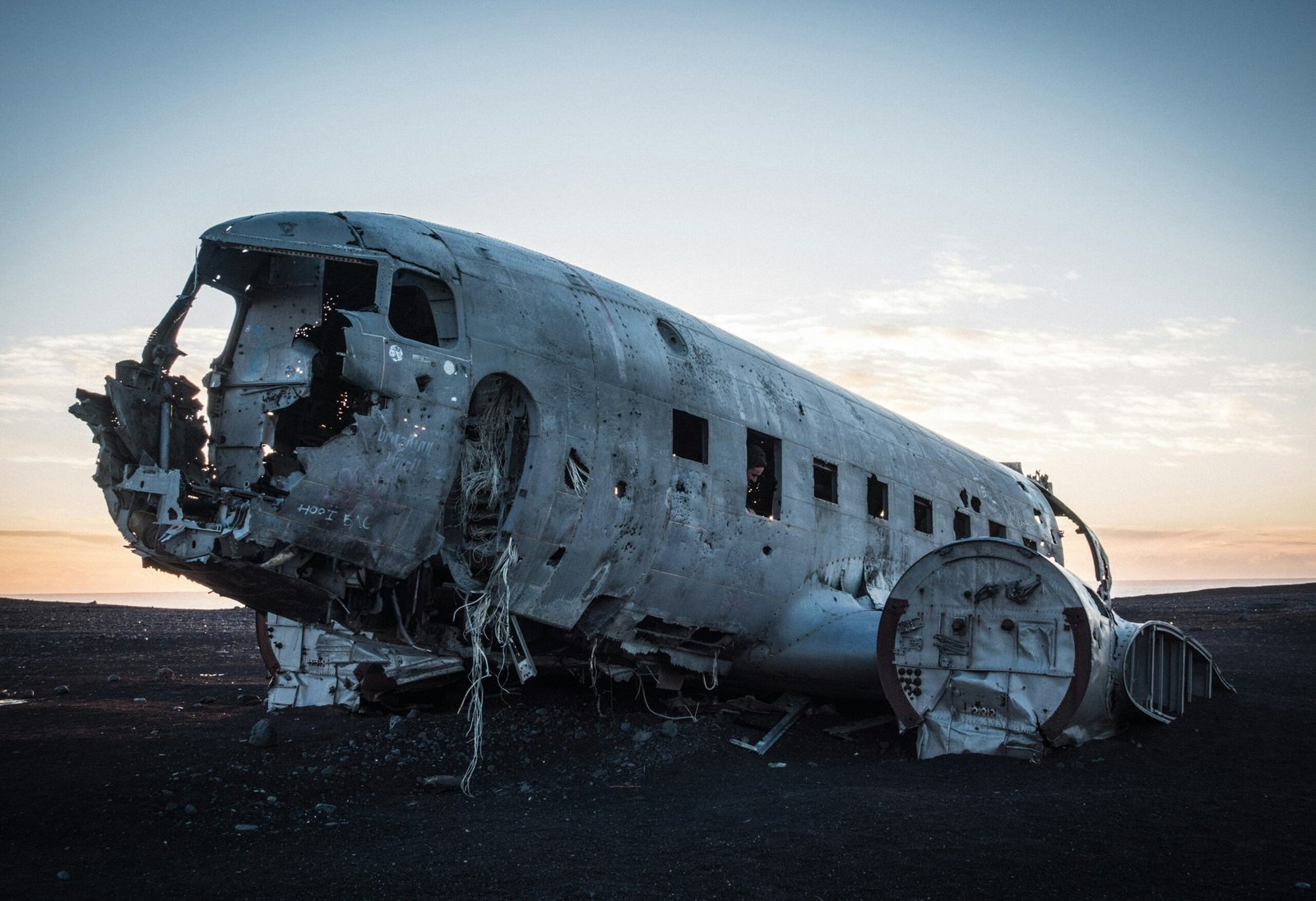On January 29, 2025, a tragic incident occurred involving a business jet that became unresponsive and ultimately crashed in Virginia. The aircraft, a Cessna Citation, departed from Elizabethton, Tennessee, en route to Long Island’s MacArthur Airport. After reaching its intended destination, the plane inexplicably reversed course, flying directly over Washington, D.C., before descending rapidly into a mountainous region in Virginia. All four individuals on board perished in the crash.
Key Details:
- Flight Path and Military Response: The jet’s erratic trajectory through restricted airspace over the nation’s capital prompted the Pentagon to dispatch six F-16 fighter jets. These jets, in their high-speed response, generated a sonic boom audible throughout the region. Upon interception, military pilots observed that the Cessna’s pilot appeared unresponsive, slumped over the controls.
- Crash Dynamics: According to a preliminary report by the National Transportation Safety Board (NTSB), the aircraft descended in a “near-vertical” trajectory at high velocity before impact. The crash resulted in a fragmented wreckage and a significant crater at the site. Notably, the cockpit was destroyed, and no flight data or cockpit voice recorders were recovered, as the aircraft was not mandated to have them.
- Possible Cause – Hypoxia: Aviation experts and the plane’s owner, John Rumpel, suggest that hypoxia—a condition arising from insufficient oxygen—may have incapacitated the pilot and passengers. This theory is supported by the loss of communication approximately 15 minutes into the flight and the pilot’s failure to respond to air traffic control directives. The aircraft continued its ascent beyond the cleared altitude, leveling off at 34,000 feet, which typically requires cabin pressurization to maintain adequate oxygen levels.

Insights:
- Cabin Pressurization and Safety Protocols: This incident underscores the critical importance of proper cabin pressurization and adherence to safety protocols. A failure in the pressurization system or mismanagement thereof can lead to hypoxia, rendering crew and passengers unconscious within minutes. Regular maintenance checks and immediate response to pressurization issues are vital to prevent such tragedies.
- Autopilot Limitations: The aircraft’s prolonged flight on a seemingly autopilot-controlled path suggests that while autopilot systems can manage flight paths, they cannot address in-flight emergencies requiring human intervention. This highlights the necessity for continuous pilot alertness and the potential need for advanced systems capable of detecting and responding to crew incapacitation.
- Airspace Security: The breach of restricted airspace over Washington, D.C., by an unresponsive aircraft raises concerns about national airspace security. While the military’s rapid response was effective, the incident emphasizes the need for robust protocols to manage such situations without endangering populated areas.
This tragedy serves as a somber reminder of the complexities of aviation safety and the continuous need for vigilance, rigorous maintenance, and adherence to established protocols to ensure the safety of air travel.
